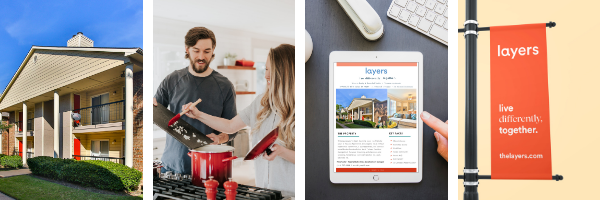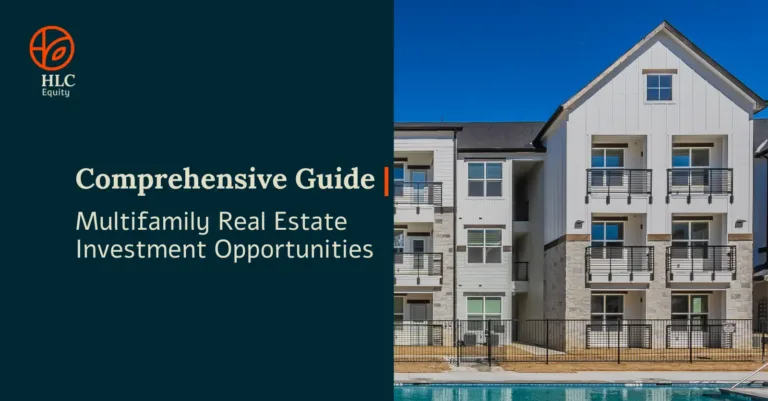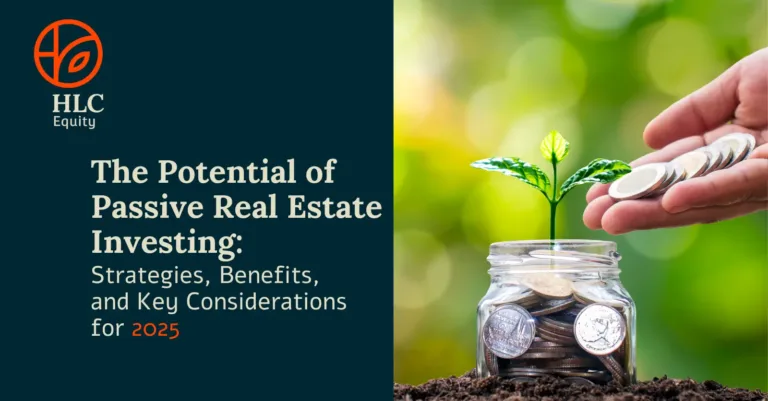Multifamily has been the darling of the US real estate industry over the last decade. We’ve seen the market grow substantially attracting investors both domestic and abroad.
According to Marcus and Millichap, nearly 2.7 million new apartments have been filled in the last decade, representing more than triple the net absorption in the previous decade.
What is fueling the market segment growth?
Lifestyle Change
With young adults choosing to settle down and start families at later stages in life, we’ve seen a shift in preference from owning to renting. According to the US Census Bureau, 63% of people under the age of 35 rent vs. 57% in 2006.
Affordability
Though we’ve had a significantly extended cycle of low interest rates, homeownership remains more expensive relative to rental rates. Marcus and Millichap estimates the gap between median monthly mortgage payments and average rent payments widened from $37 to $239 from 2012 to 2019.
Additionally, we’ve seen the rise, growth, and recent stumble of short-term rental (STR) companies
Once upon an Airbnb —
When Airbnb came on the market in 2008. The company disrupted the hospitality market by directly connecting travelers with ‘hosts’ offering apartments or rooms to rent.
A little over 10 years later, Airbnb has over 150 million users worldwide with availibilities in over 65,000 towns and cities. Over $4.4 billion was raised in several rounds of private funding.
In late 2019, analysts expected Airbnb’s shares to launch publicly giving it a valuation of $42 billion.
In their most recent round of fundraising, Airbnb announced a focus on longer term stays as they’ve seen interest from both hosts and users in 30+ day stays.

Laying The Foundation
On the back of Airbnb’s success, many looked to capitalize on the STR market. Some choosing to focus on alternative hospitality experiences, others on corporate housing, and even others on high turnover stays and co-living concepts.

Whether travelling for business or pleasure, two weeks or two months, many travelers began to shift their preference from hotels to serviced apartments.
According to CBRE, by 2019, the STR market grew to a $115 billion industry and had a roughly 10% penetration into the hotel industry
The rapid spread of COVID-19 left a lot of those high growth STR companies struggling…
STR operators used the business model of master leasing, aka rental arbitrage, in which they rent property long-term and then re-rent it on a short-term basis using Airbnb and other platforms to market their property.
COVID-19 virtually slammed the brakes on travel, leading to a spike in vacancies in short-term rental apartments and leaving the STR operators to pay the bill.
The buck didn’t stop there. WSJ reported that Sonder negotiated an estimated $20 million in rent concessions from multi family owners.
Where do we go from here?
Two Lessons for the STR market:
Multifamily owners and operators learned the necessity of flexibility and diversification. We expect to see more mixed-use communities, with the ability to easily convert units from short term to long term, serviced to conventional and vice versa based on current market demand and seasonality.
Secondly, we expect to see the operating model to shift away from master leasing and more towards revenue sharing, where the STR operators share the upside of short-term renting with the multifamily owner while limiting their downside in challenging times.
Taking Action Through Investment
HLC Equity makes private equity investments into properties managed by the Layers brand.
Layers is a customer-centric property management brand that utilizes a hybrid operating model offering serviced and conventional apartments, while also leveraging technology for operational efficiencies and enhancing community through community events and the Layers Unlimited loyalty program.

Are you interested in learning more about investing in an HLC Equity sponsored real estate opportunity? Click here
Are you a landlord interested in having the Layers brand bring it’s forward-thinking property management model to your property? Click here



